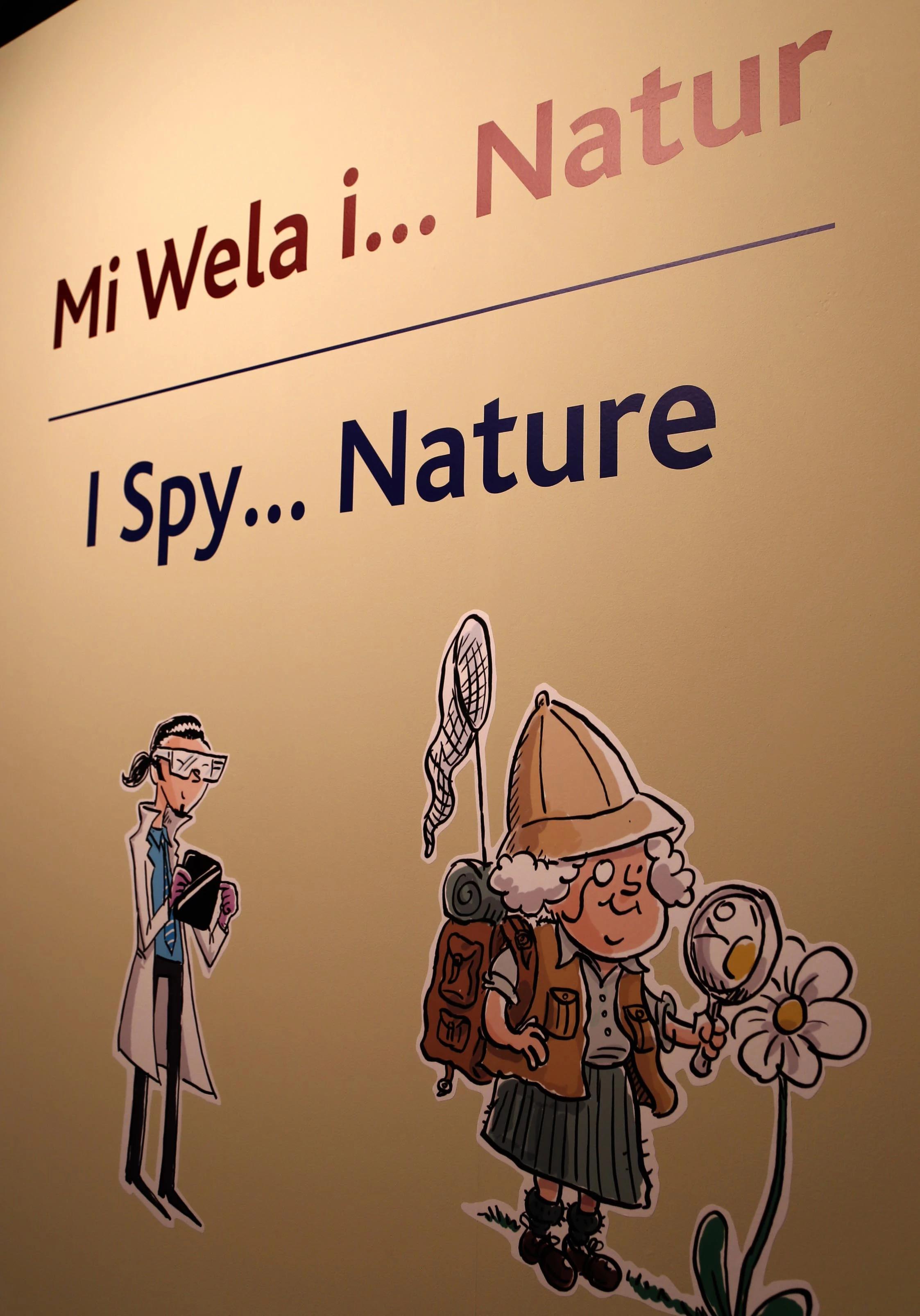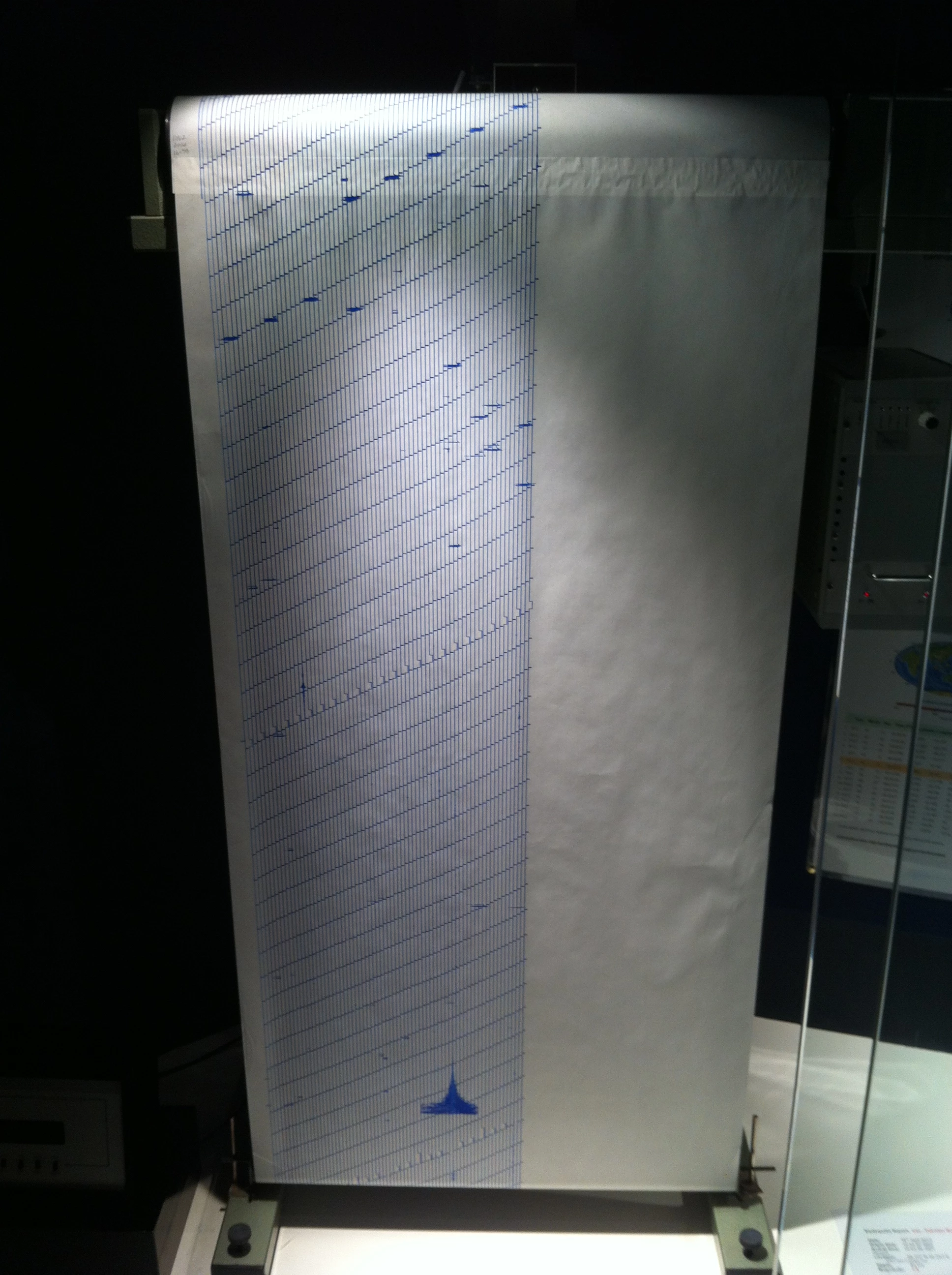On Wednesday 30th October, National Museum Cardiff came alive for a haunting day of Halloween fun. Curators (and witches!) from the Natural History department filled the main hall with spooky specimens from our collections to share with the public on a busy half term day.
The botanists made a real impression by opening up the Herbarium and creating a spooky graveyard of deadly plants. This was a real hit with the children who left repeating some of the delightfully ghoulish names to their parents such as “Stinking Hellebore!” and “Bloody Cranesbill!”
The Fungus table had a case of wonderful wax models where you could match each fungus with its creepy name, such as the Trumpet of Death, Scaly Tooth and Witch Heart. Children, and adults, could make their own fungus with the colourful modelling clay provided, creating some amazing new species!
Two witches stirred their potion in a cauldron alongside an eerie ‘Herbs in Medicine and Magic’ display. All Harry Potter fans would have immediately recognised the famous Mandrake, a plant often used in magic rituals due to its hallucinogenic properties, but there was no need for ear muffs as the real plant does not let out a fatal scream!
Marine and Mollusc curators put out an array of Halloween treats from ghost slugs and dead man’s fingers to blood cockles and pumpkin snails. Visitors enjoyed being able to touch sea urchins, spiny oysters and star fish. The pickled cuttlefish and squid were a real treat and produced a great mixed response, from awe to disgust, from children and adults alike.
The giant bloodsucking mosquito model dominated the Entomology stand whilst a witch displayed a table of British bats, from the largest Noctule to the smallest Pipistrelle.
Geologists enticed visitors with ‘fossils in folklore’, including echinoderms that were thought to be ‘fairy loaves’, and ‘dragon claws’ that come from dinosaurs. Those brave enough stayed to see the ‘Hell, Fire and Brimestone!’ stand which revealed specimens of larva, ash and volcanic rocks.
The Open Day was underpinned with an educational trail provided by the Education department. The trail took children around all of the displays, answering questions on blood stained petals and thunder stones, fungal fingers and tails of worms, to name a few. It was an excellent way to get families involved and encouraged children to interact with the curators. The trail proved to be extremely popular with 170 families taking part.
For those who wanted to know more, there was a scary ‘Dragons’ tour in the Evolution of Wales gallery and two behind the scenes tours of the Biology and Geology collections.
The day was a real success with 3127 members of the public coming through the museum doors. So, if you didn’t make it this time keep your eyes peeled on the ‘What’s On’ guide for more upcoming Natural History Open Days throughout the year.
Blog by Harriet Wood



